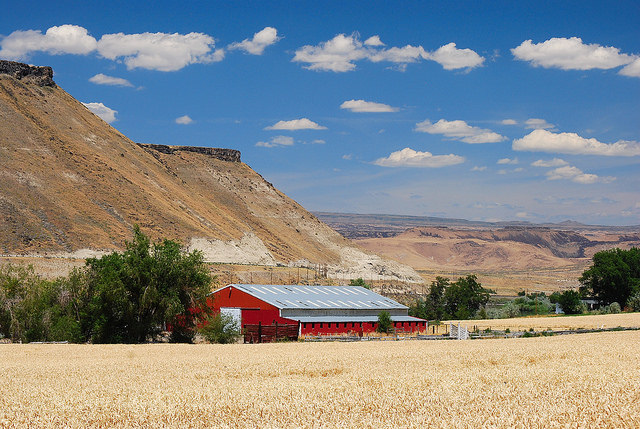At first, living in the countryside seems to benefit your health. However, being closer to nature can come with a few disadvantages. According to a Centers for Disease Control and Prevention (CDC) study, Americans in rural areas report lower rates of seat-belt use, higher rates of smoking and opioid misuse, and less free time spent exercising compared to urban residents.
Image Source: gmnicholas
Why are these risks greater in rural areas?
The socioeconomic and cultural facets of these communities lower the likelihood of people receiving proper treatment. Non-metropolitan communities tend to have higher poverty rates and more uninsured residents. Traveling long distances to a hospital can contribute to a patient’s reluctance to seek medical attention. An even bigger problem, however, lies in the generally low physician to population ratio compared to urban areas.
Hospitals in every state are struggling to recruit enough medical professionals to prevent the Association of American Medical Colleges’ (AAMC) projected physician shortage in the United States by 2025. This forecasted low ratio especially concerns rural areas working to retain specialists and general practitioners.
Image Source: Kevin Law
What can be done?
Considering that about 15% of the U.S. population resides in rural areas, the Federal Office of Rural Health Policy and the CDC are using the study results to promote healthier lifestyle choices. These include screening patients for high blood pressure and cancer, educating about cancer prevention, requiring healthcare providers to advise patients on using opioid painkillers, and constructing plans for healthier lifestyles.
Future policy and outreach work should also target aspects of rural life such as long travel distances, finances, and insurance status. Because healthcare issues may vary by area and access to resources, policies to confront these issues should take into account the specific needs of a given community, rather than generalizing a solution.










